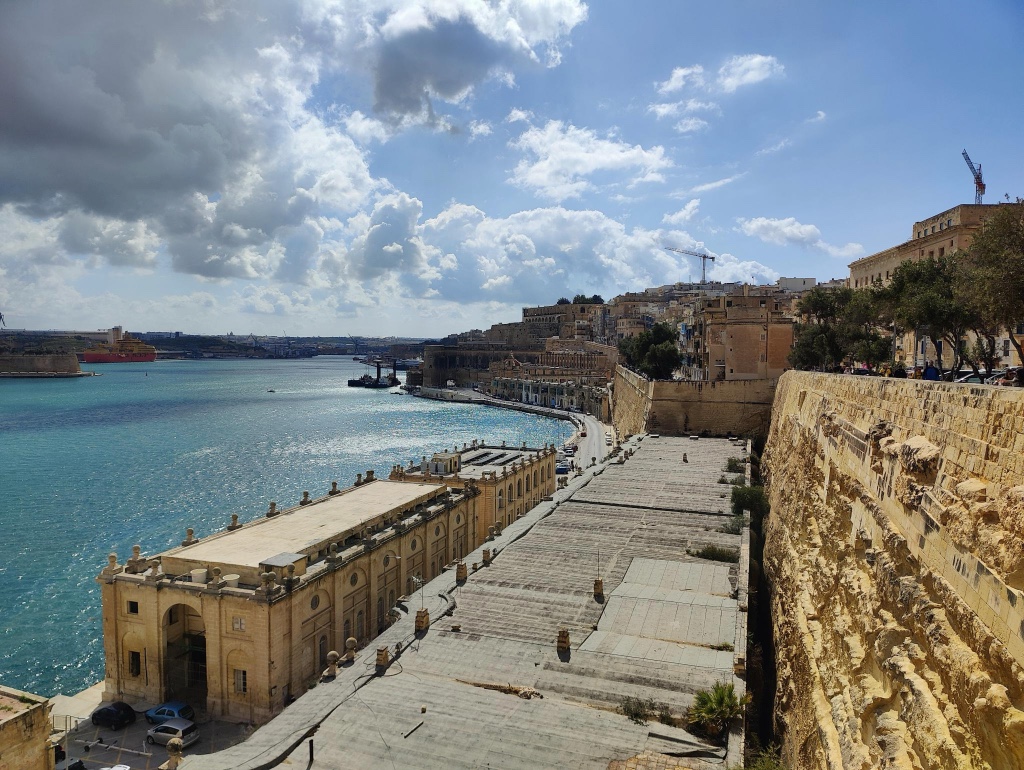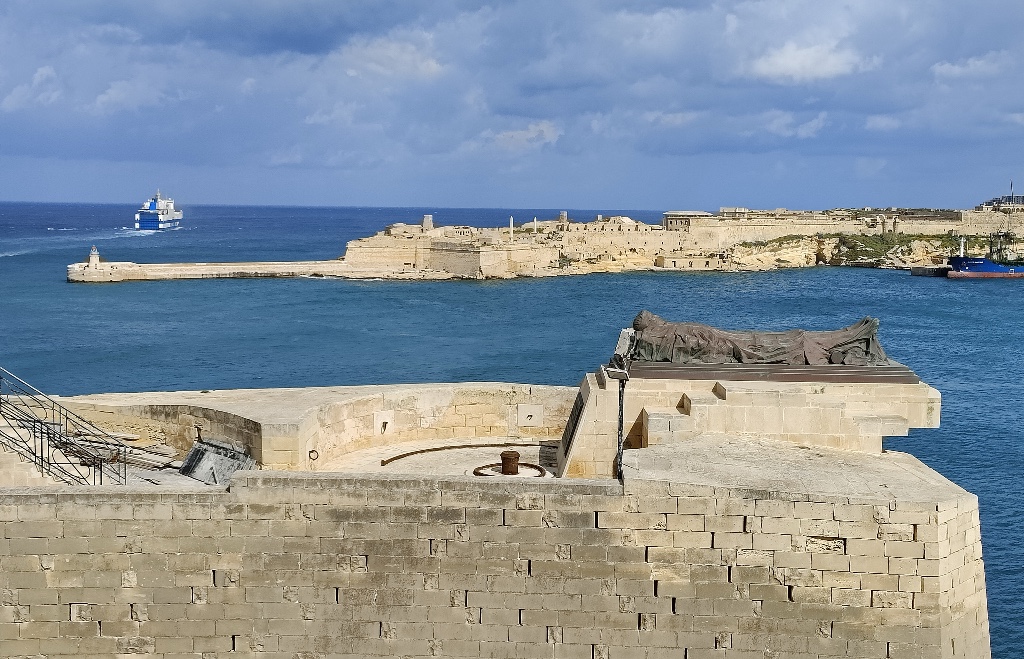
The Republic of Malta, a European Capital of Culture (2018), is located in the Mediterranean Sea between Sicily and North Africa. It is the 10th smallest country by area but the ninth most populated, which is a good reason to come off season. During the summer months the temperatures can exceed 40c, and with the hordes of tourists it can make throughly enjoying this beautiful island difficult.
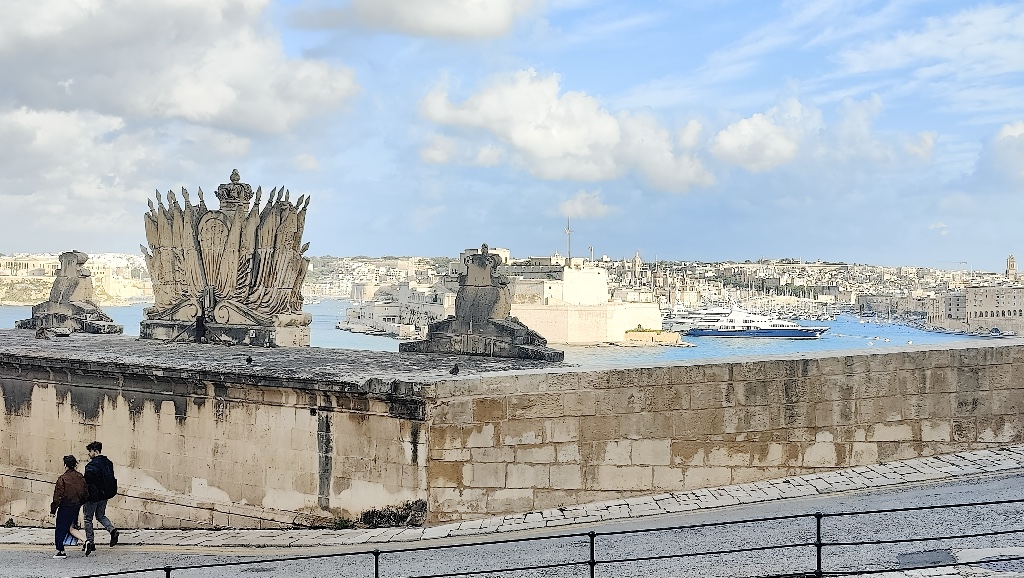
There are so many important archaeological sites in Malta, but the Tarxien Temple complex was at the top of my list. It was easy to get there from our neighborhood, Gzira; just a ten minute 8€ cab ride and we were there. The site is breathtaking; it is truly overwhelming to think that earths inhabitants created such a magnificent place with rudimentary tools in 3500 BCE. The megalithic rocks are so perfectly placed together, some weighing up to 20 tonnes and standing 6 meters tall. The pictures I took pale in comparison to how incredible the complex is.
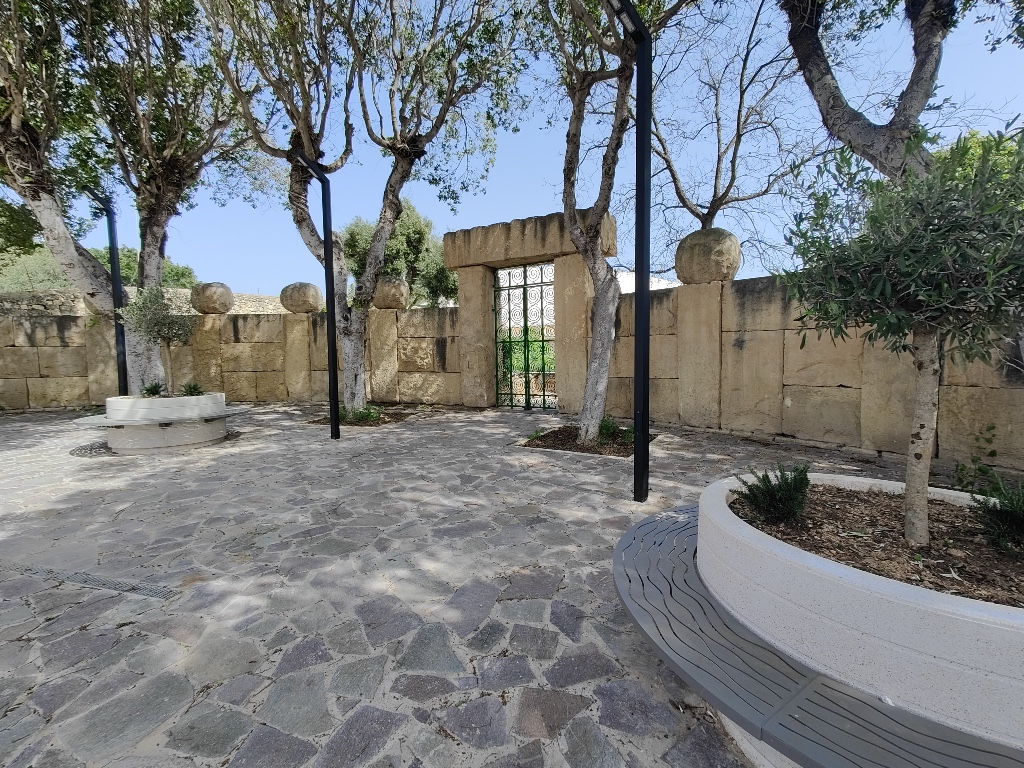
At the sites entrance is a small museum with artifacts that were excavated at the complex. Tarxien was discovered in 1913 by farmer Lorenzo Despott. The site consists of four megalithic structures built during the Neolithic period, and later readapted for use during the Bronze Age. Only the lower part of the walls survived in the oldest part of the complex, but you are still able to see its five chambers.
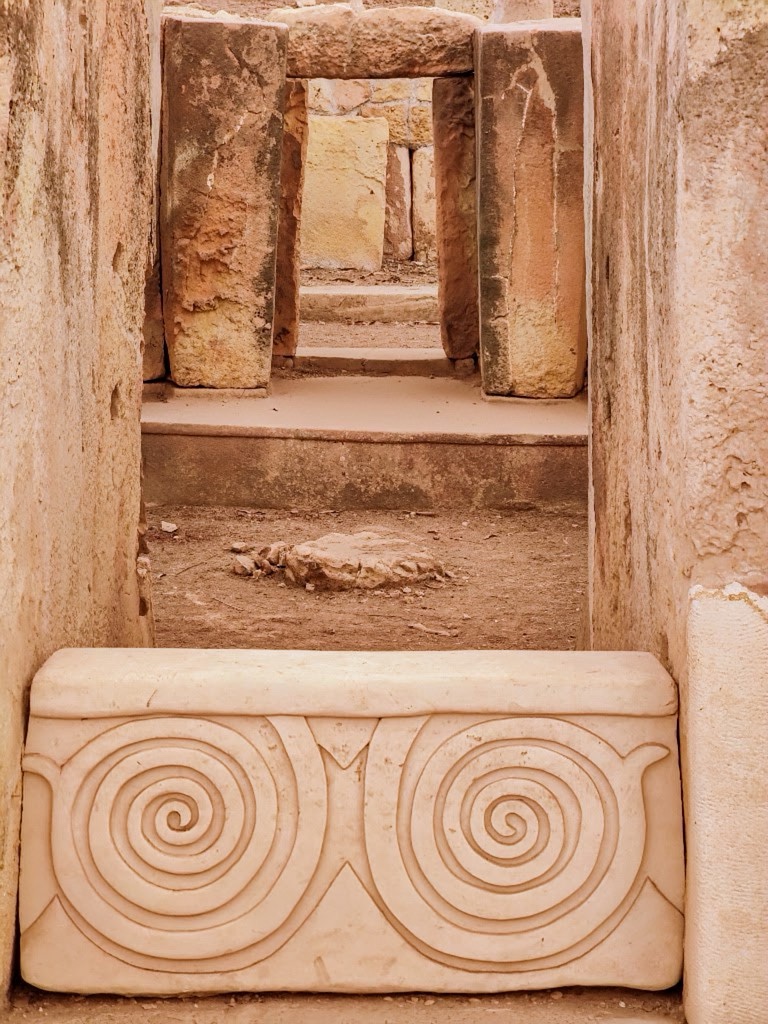
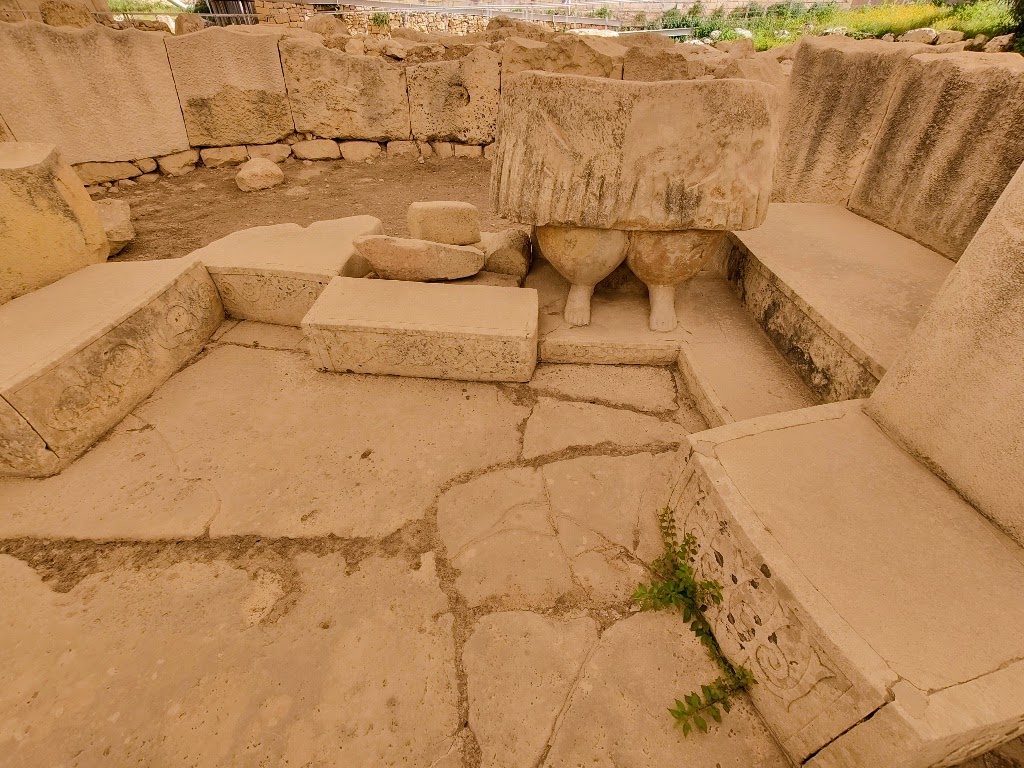
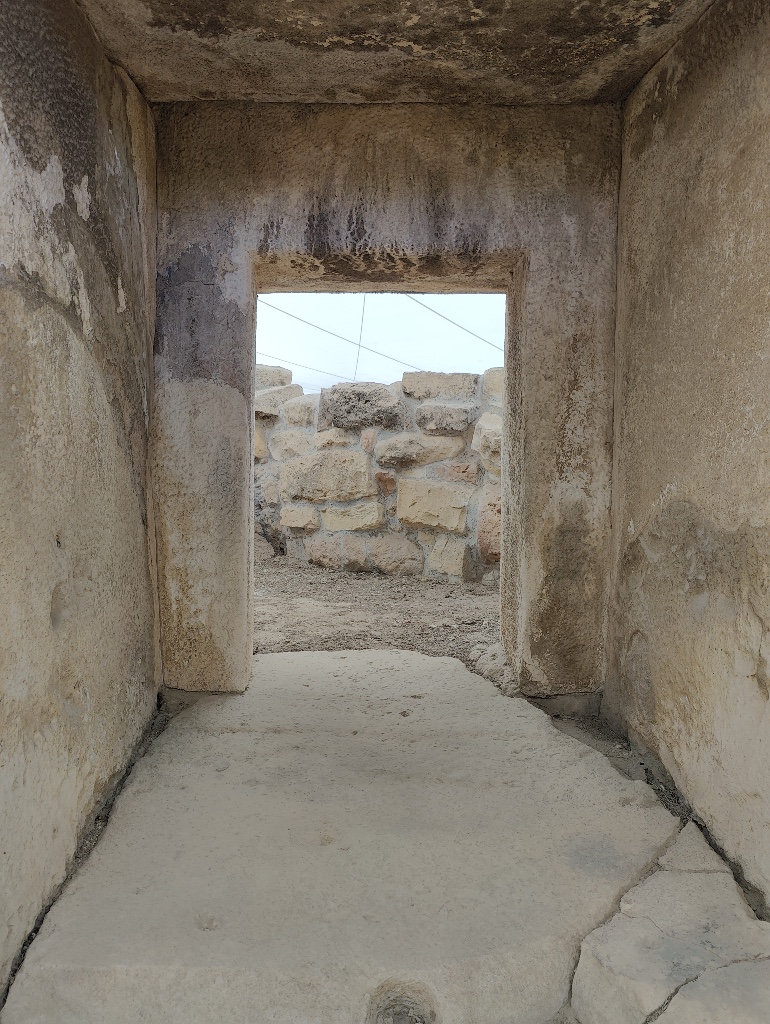
The south structure is decorated in bas-relief prehistoric art depicting goats, bulls, pigs, a ram, and spiral designs throughout. There were a large amount of animal bones found at the site; some in specific areas, indicating the importance of these animals to the people of the time. The Eastern building follows a similar pattern of the other structures; a central corridor flanked by a semi-circular chamber on each side. Although the original use of the complex is only speculation, during the Bronze Age it was a cremation cemetery, which left a large record of objects and customs of the early Maltese inhabitants.
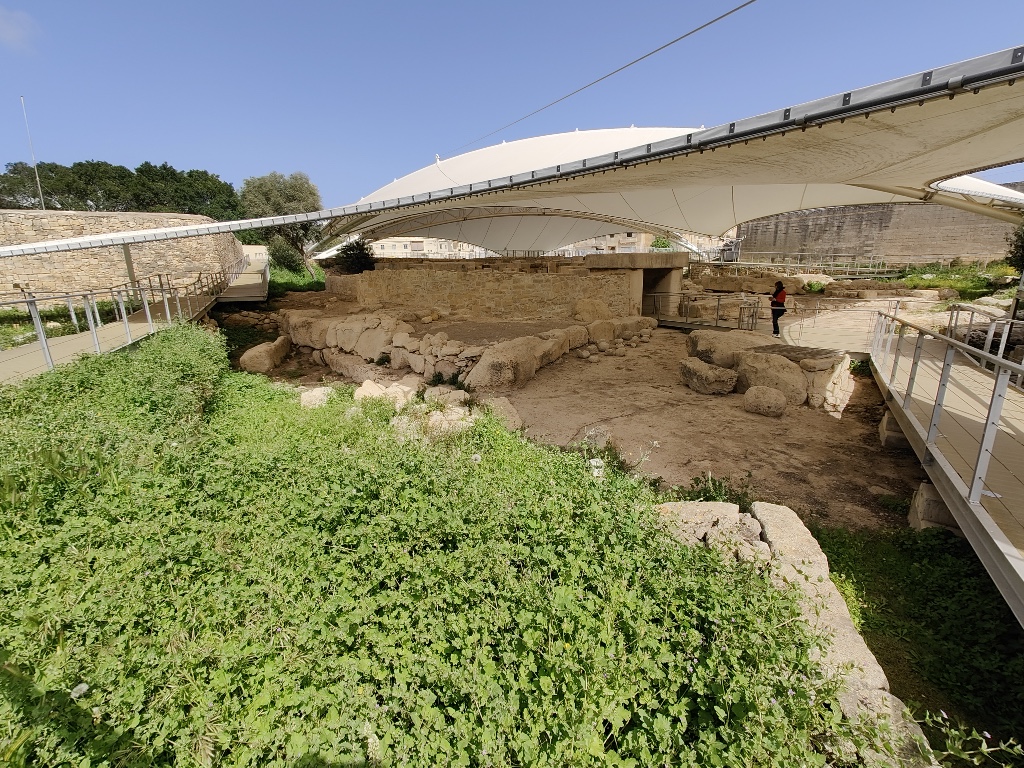
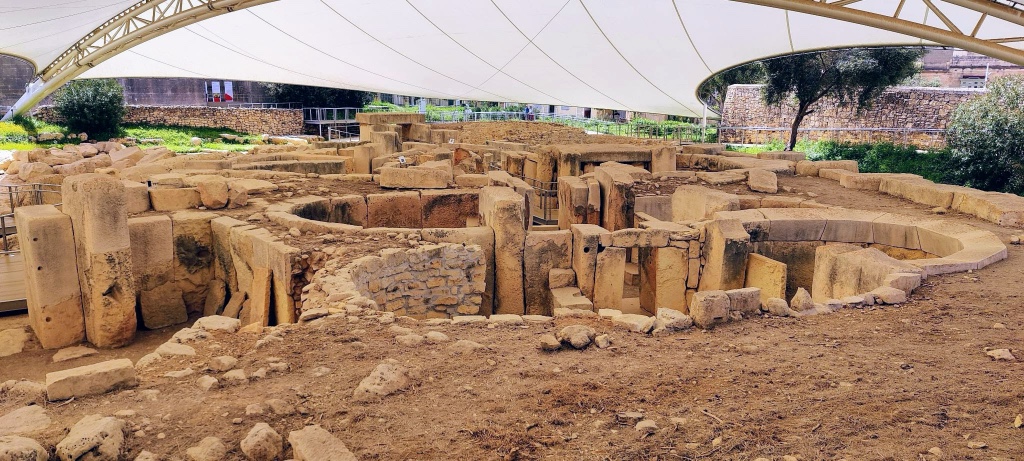
Another recommendation, (if you are not claustrophobic) is the catacombs of St. Agatha’s Church in Rabat. St. Agatha spent a short time of her life in Malta, briefly fleeing from religious persecution in her home land, Sicily. During her time in Malta she spent her time praying in the catacombs and teaching the Christian faith to the children. After returning to Sicily, she was imprisoned and tortured for days until she was martyred on February 5th, 251 AD. She left a lasting impression on the Maltese; and the church was later constructed over the catacombs in her legacy.
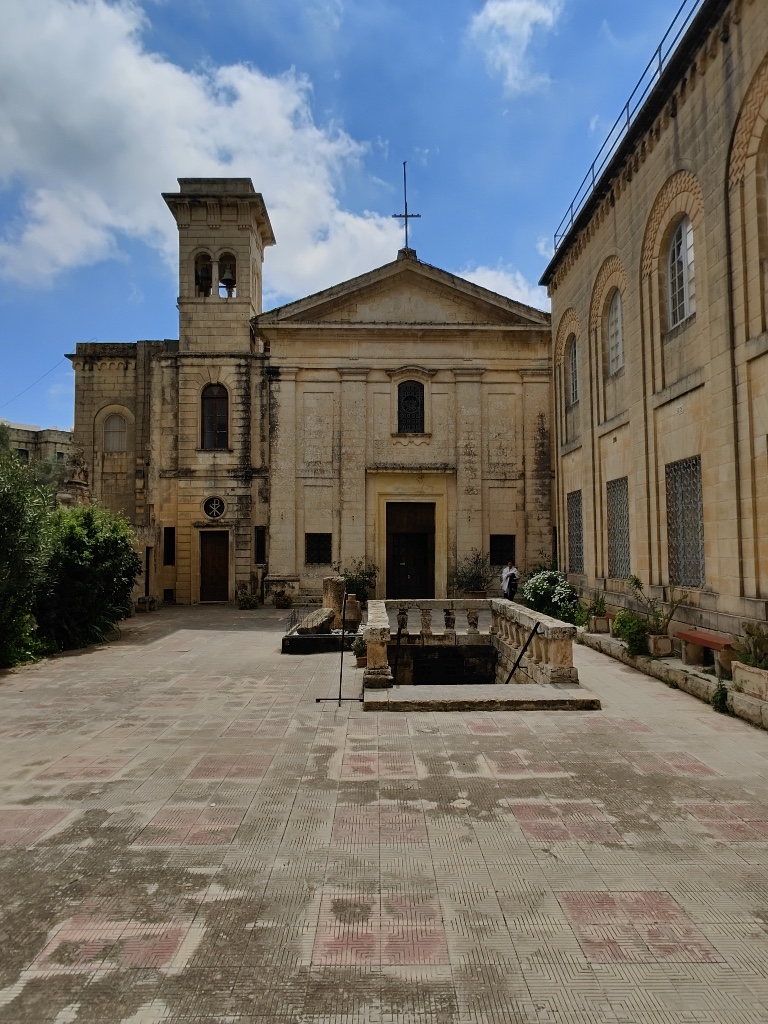
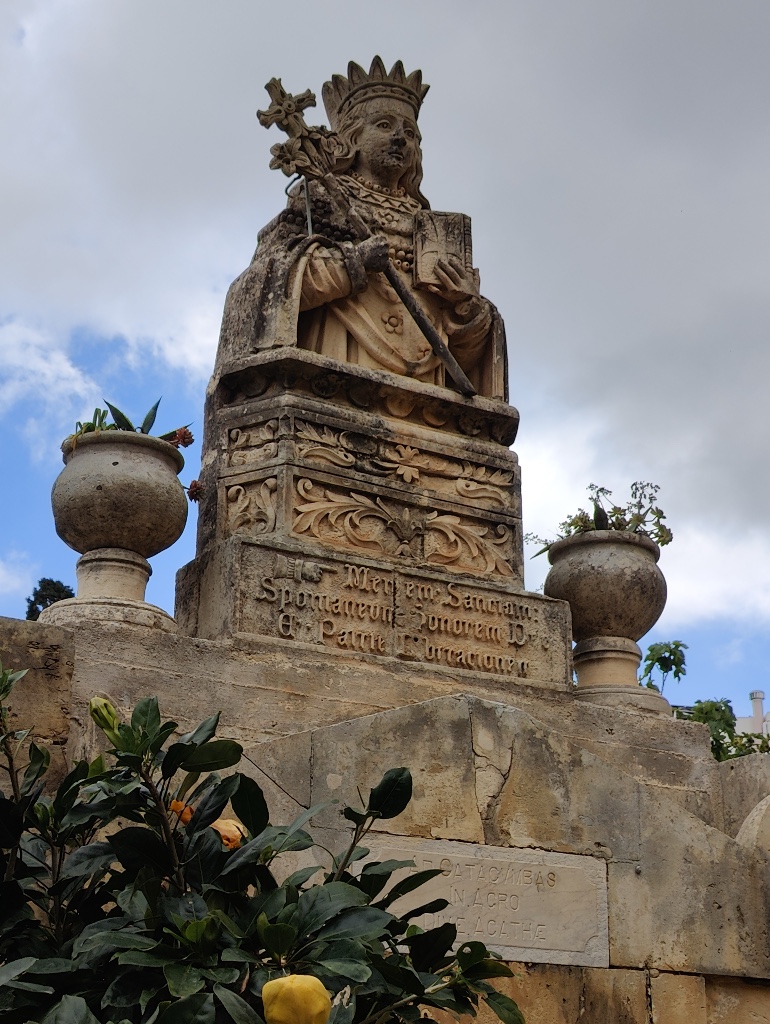
The catacombs are hewn from lime rock, and consists of an underground basilica and 4100 square meters of catacombs. Construction began in the 2nd century AD and continued through the 3rd. The crypt is adorned with frescoes from the Byzantine era (12th century), and later some 15th century Greek frescoes. The main alter was used as late as 1647, until it was damaged during Ottoman invasion. Interestingly, most of the tombs are made for two people, with smaller alcoves for any small children that passed. Out of the 500 people buried there, a majority were children. The ‘Agape’ table was used as a final feasting place for recently departed before they were placed in their tomb. Photos are forbidden in the crypt to protect what remains of the delicate frescoes.
The curator of the Museum gives tours on the hour. We were lucky the afternoon we went that we were just a small group of 10, as the passages in the catacombs are narrow which requires you to crouch traversing the low ceilings in between the various chambers. Included in the price of your ticket is the upstairs museum which contains hundreds of artifacts as well as the alabaster statue that was gifted by Bishop Lucas Buenos when he visited the site in 1664.
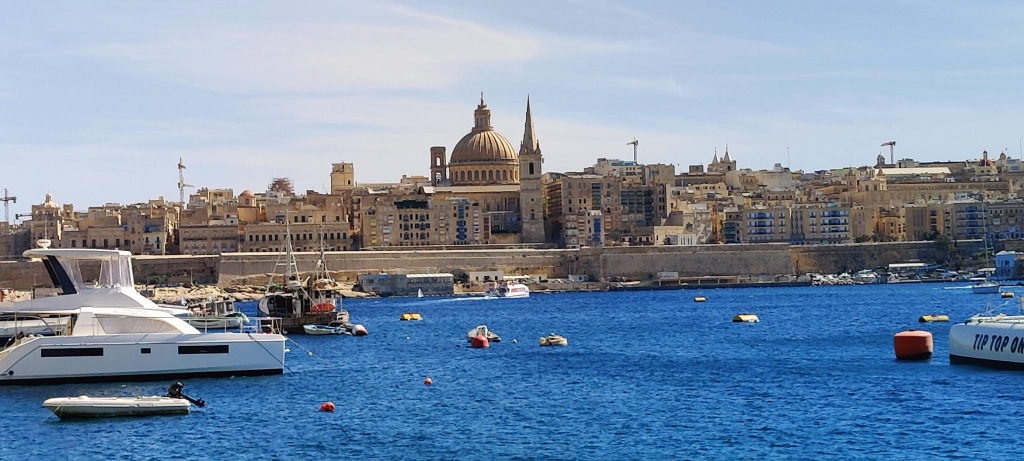
Valletta is a magical city, and of course the capital city is a must see when visiting Malta. Valetta was designed by a student of Michelangelo, Francesco Lapareli. The entirely of the city is fortified in addition to a moat on the land side. This vibrant city is teeming with sights, music and cool bars boasting two for one cocktails all hours of the day. Apparently it is the sunniest city on Europe, making it a favorite of travelers from all over. It is also one of the most densely populated historic areas in the world, which is another reason to visit off season. It is a great way to enjoy this place without the 40c temperatures in summer, and be able to get a seat at a restaurant or bar without arduous waits. March seemed the most perfect time, the weather sublime at 15-20c during the day.
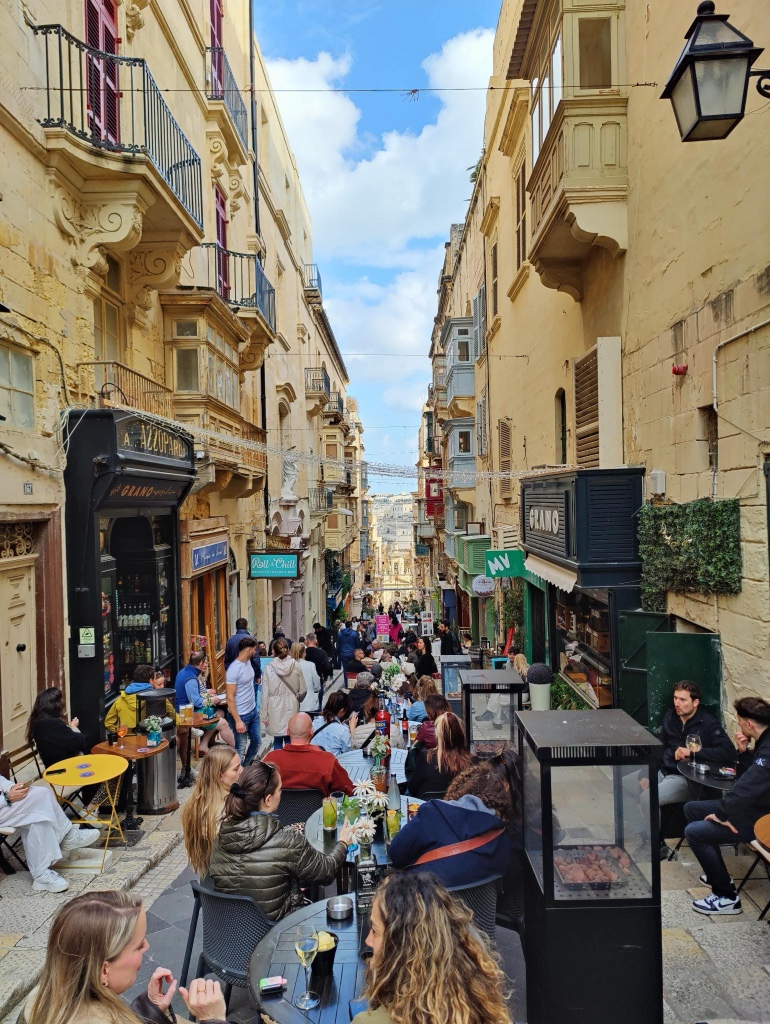
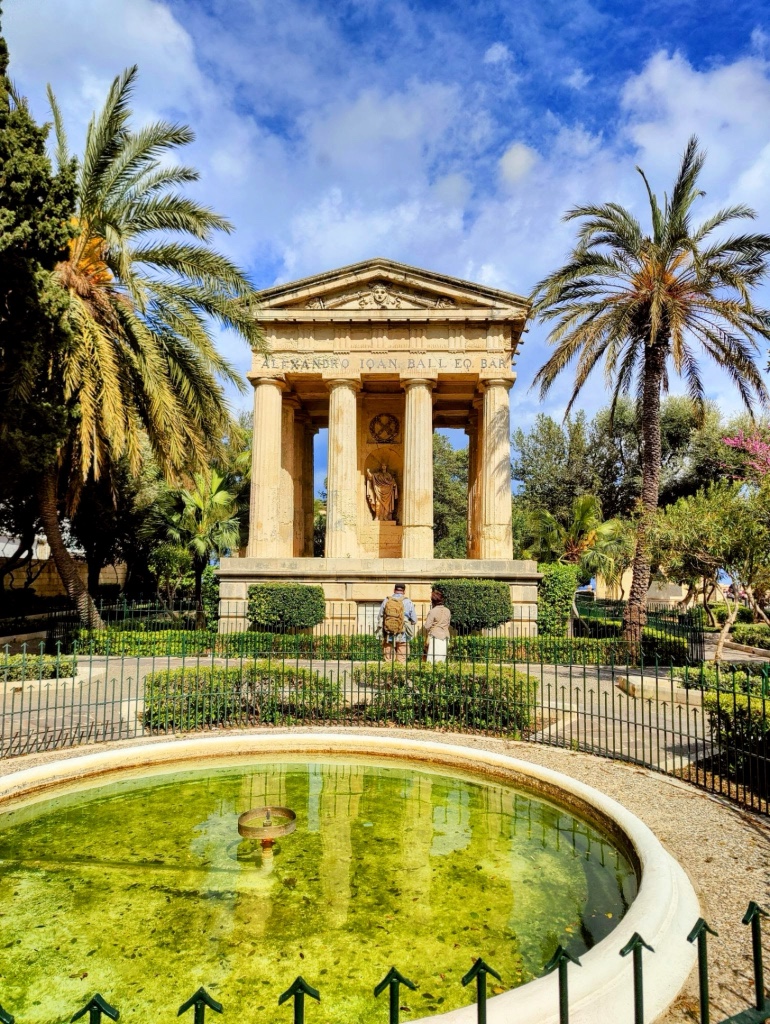
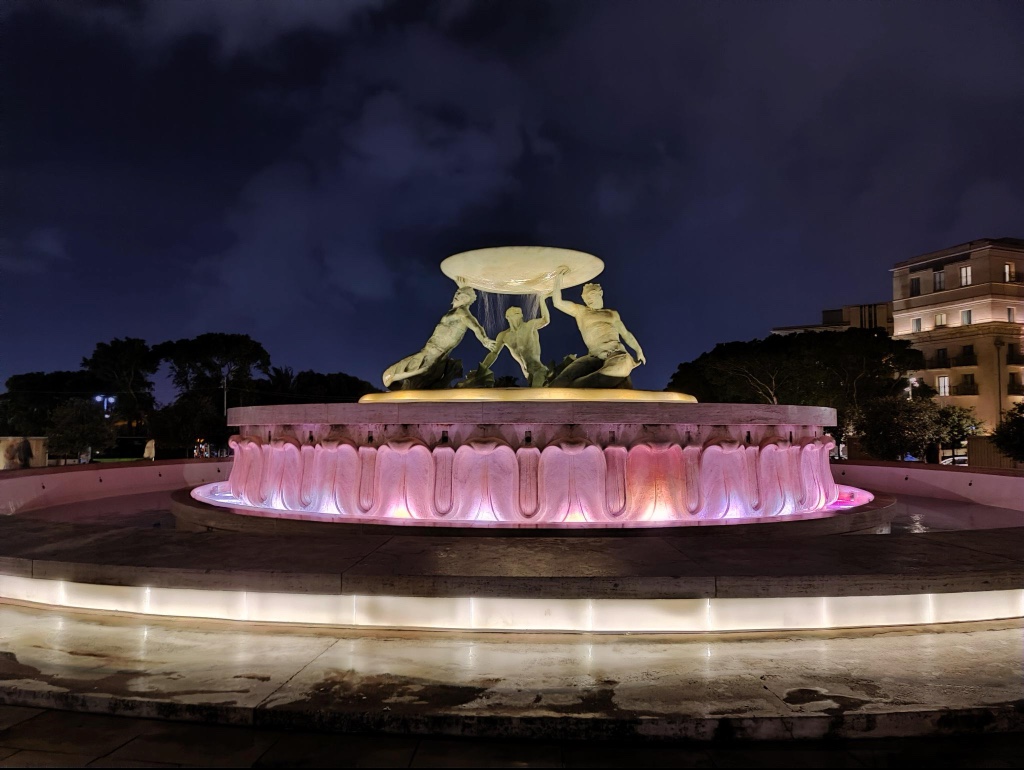
Before entering the city walls you are greeted with Triton Fountain, designed by sculptor Vincent Apap and Victor Anastasi. Completed in 1959, it remains an important landmark in the city. The fountain is awesome to see at any time of day, but is particularly beautiful at night. Just past the fountain you can see the many layers of fortifications that make Valetta unique.
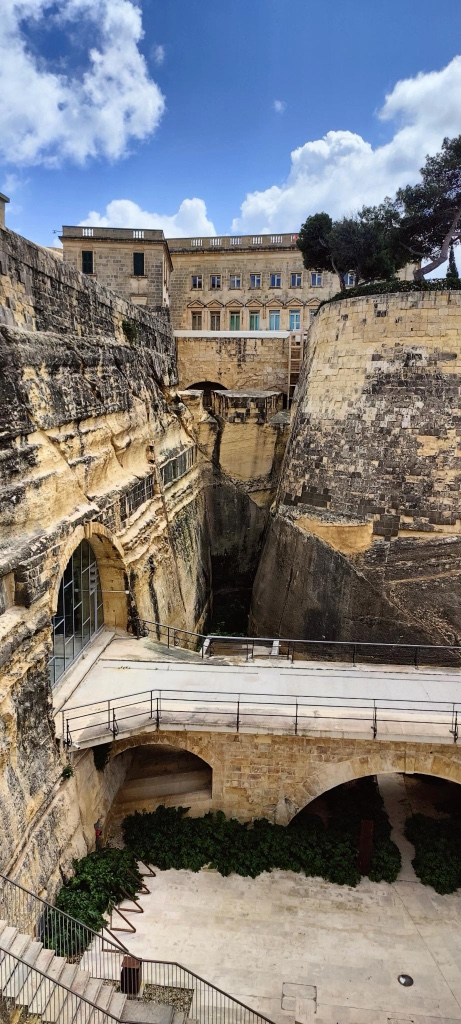
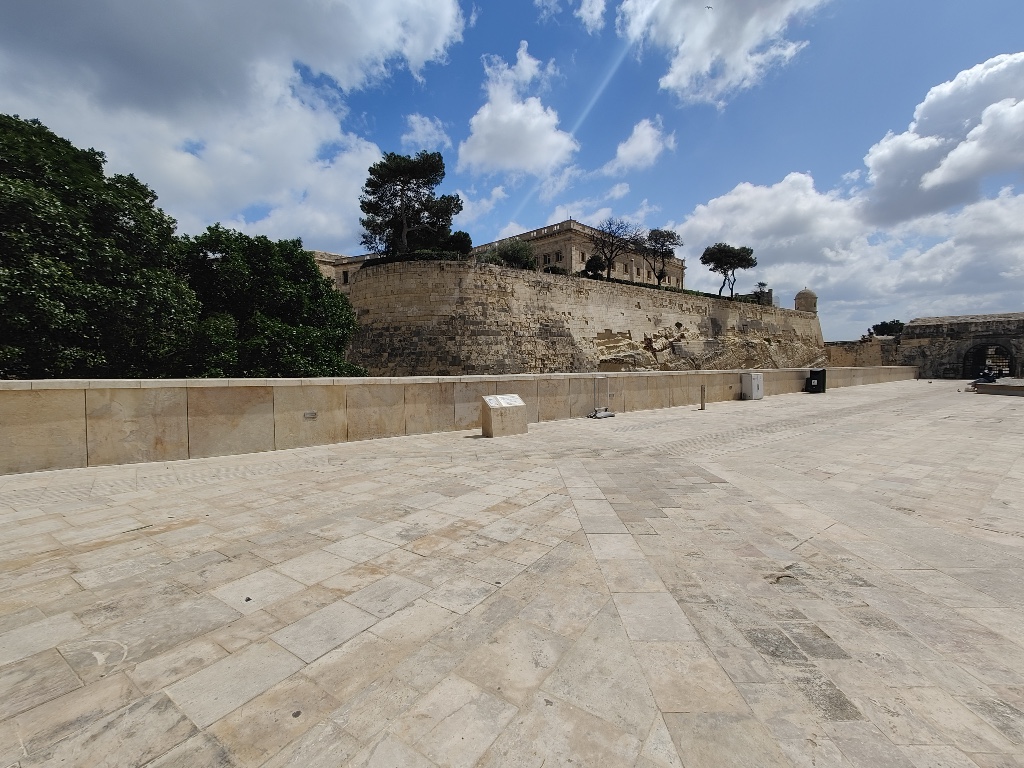
St. John’s Cathedral in Valletta is top of the list of things to see. Built by the Order of the Knights of St. John the Baptist, the cathedral was completed in 1577. However, the oratory and sacristy were added later in 1604. Throughout the centuries, gifts of high artistic value and enormous contributions were given to the church, along with the best works of art by the top artists of the time. St. John’s was meant to be treasured and seen from from almost anywhere on the island. A truly spectacular facade buttressed by two bell towers topped with octagonal spires. The church is rectangular in shape with a wide nave, roofed with a barrel vault.
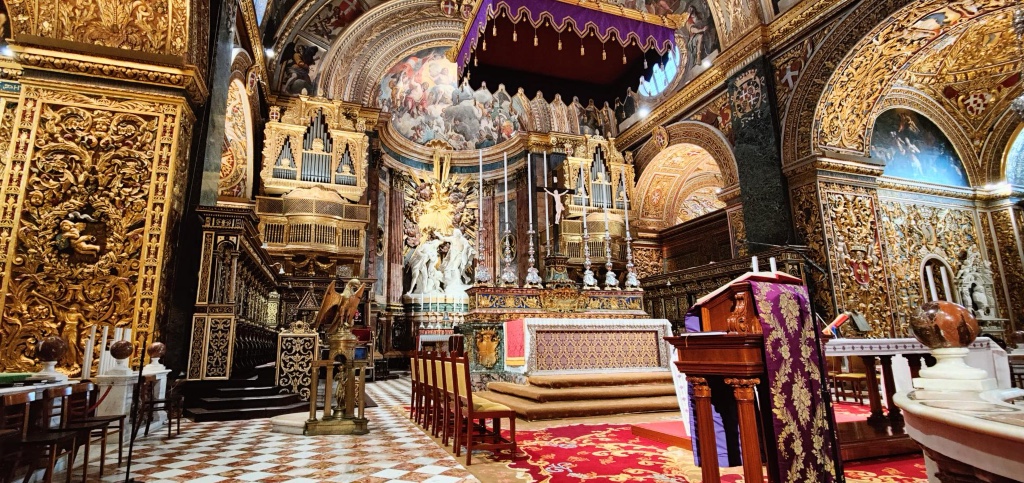
The entire floor of the church is covered with marble tombstones of the illustrious knights of the Order. The epitaphs describe the virtues of each knight, messages of triumph, fame, victory, and death. Symbols of angels and skeletons, crowns and coronets are depicted indicating the deceased’s honorable reputation. They date from the early 17th to the late 18th century.
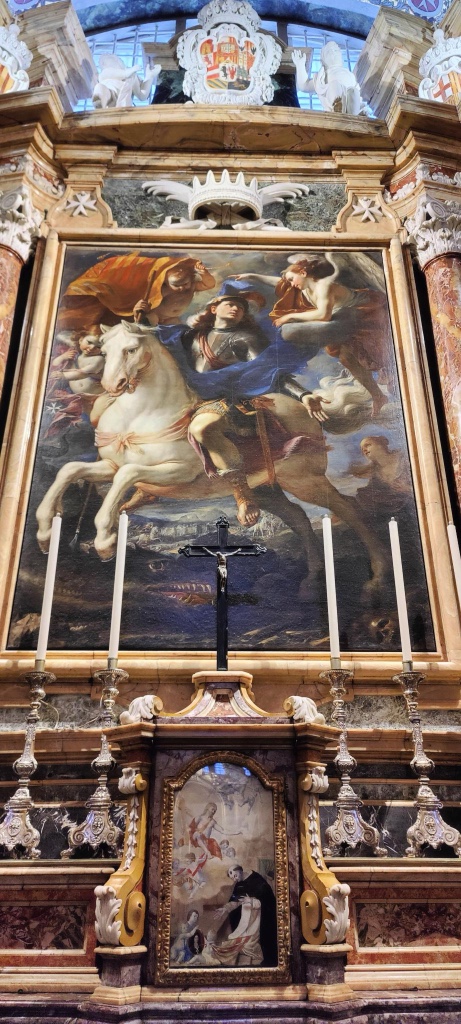
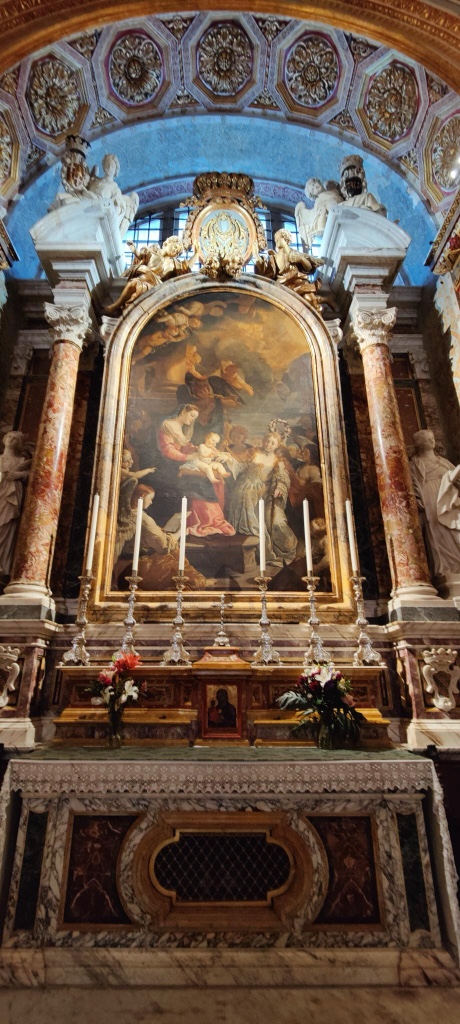
The church is adorned with gilded wood, tapestries, vestments and reliquaries everywhere you look. The main reason for my visit was to see the paintings of Caravaggio, arguably one of the most influential painters in the history of art. He fled Rome in 1606 after killing Ranuccio Tomassoni in 1606. He came to Malta on a vessel of the Order after a brief stint in Naples. Despite his shadowy past, he was accepted into the Order’s folds in 1608. During this time he painted one of his greatest works of art, ‘The Beheading of St. John the Baptist’. When I entered the ‘Caravaggio Wing’, I was a bit overcome by the absolute awesomeness of this painting. Flanked by others of his incredible works, the room is darkly lit, creating a somber and still mood. In an adjacent room hangs ‘Jerome Writing’, another masterpiece by the famed artist.
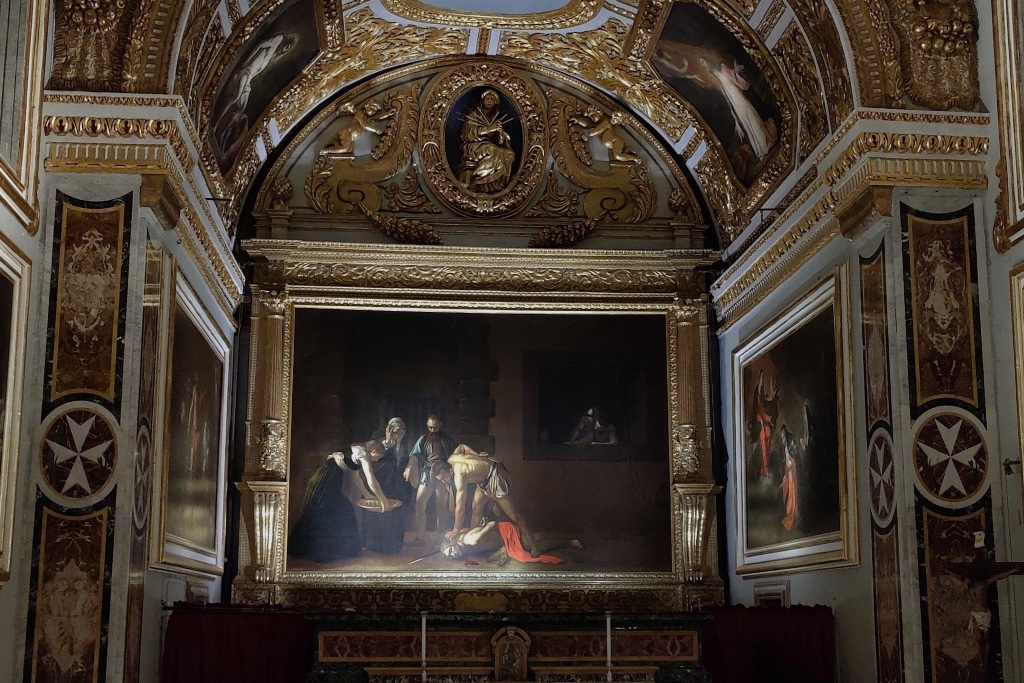
It doesn’t matter how long you stay in Malta, it is an impossibility to see it all. If you have time, spend an afternoon in Mdina, the previous capital city of Malta. It is a maze of narrow alleys, small squares, speckled with beautiful baroque details throughout. Mdina was founded by the Phoenicians in 8th century BC. It was later occupied by the Romans, Byzantines, and Ottomans. During your visit you can see St. Paul’s Cathedral, an exquisite Baroque church completed in 1705. St. Paul survived a shipwreck and swam to Malta from the Roman ship that he was imprisoned on.
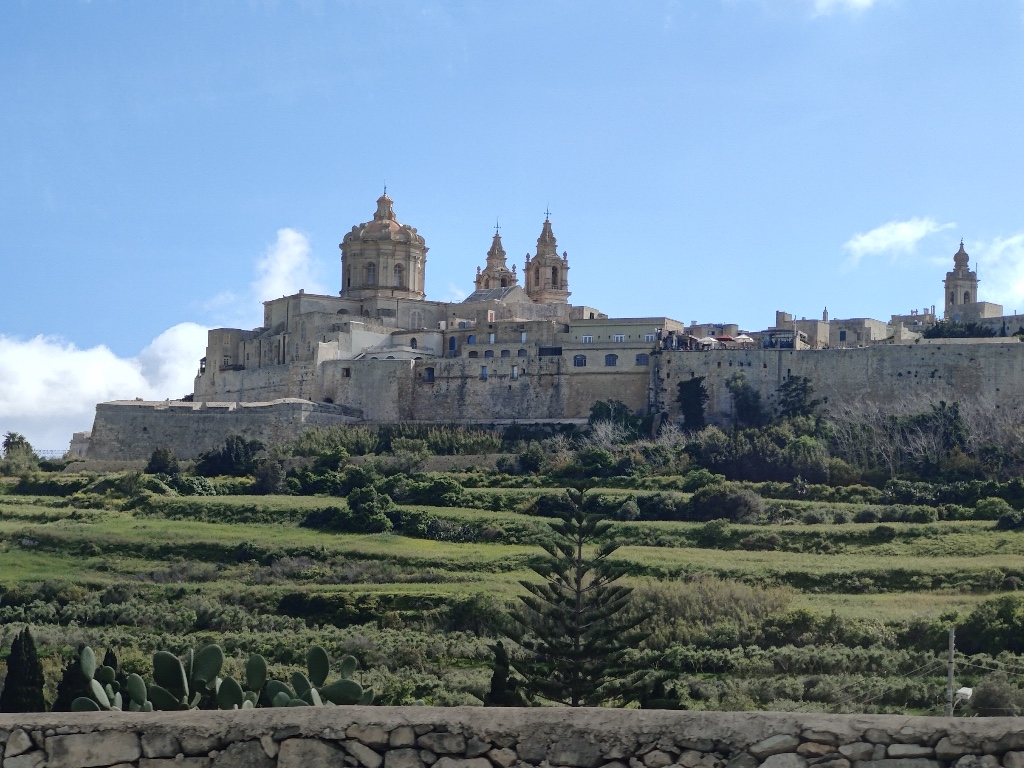
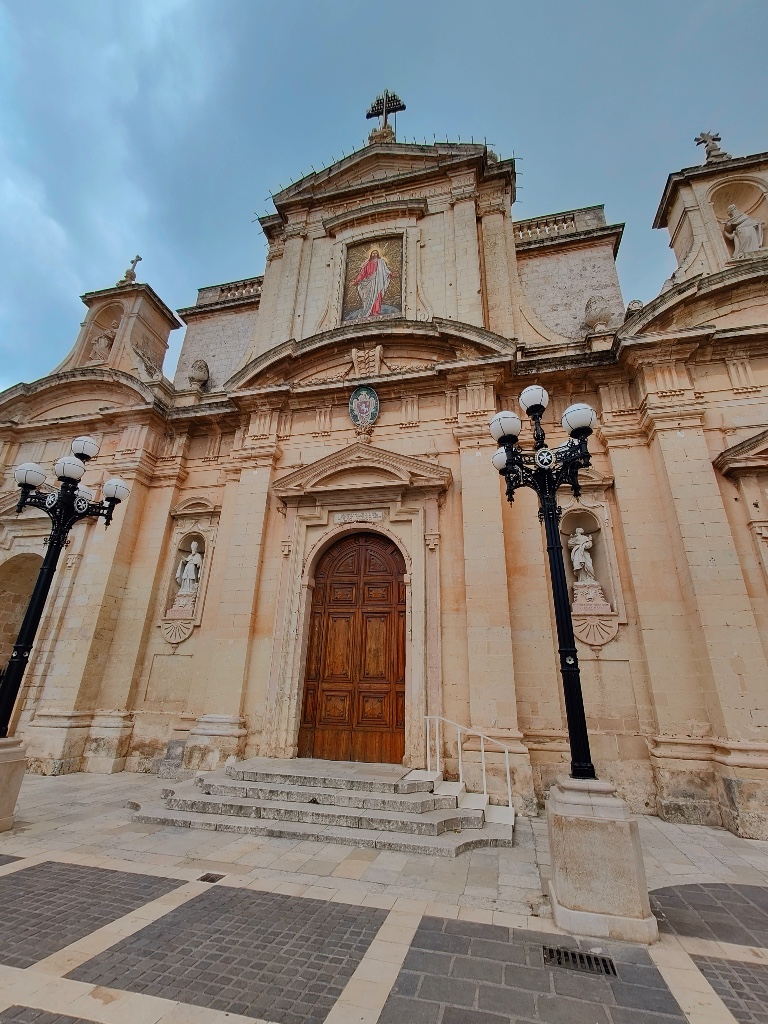
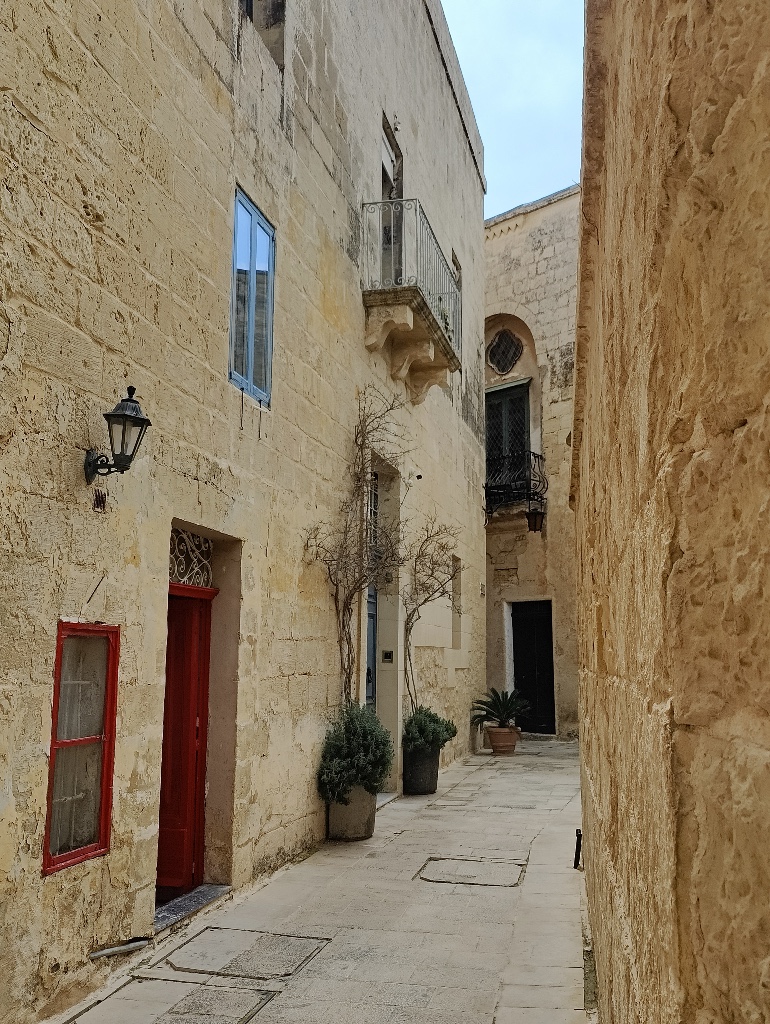
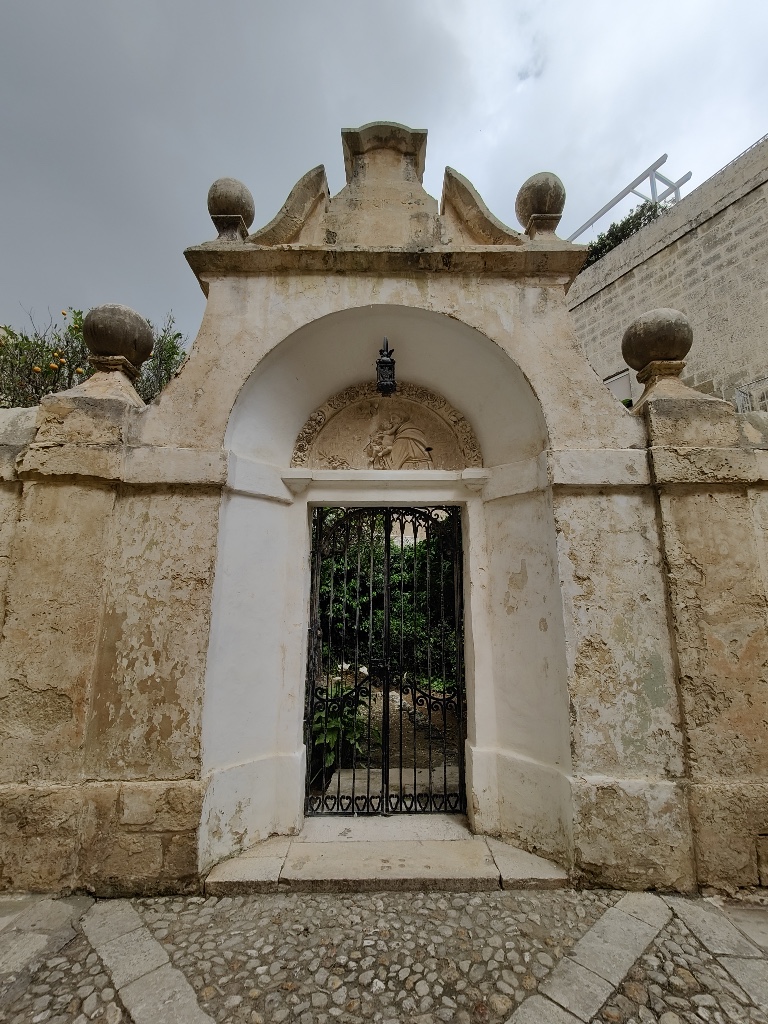
One could easily spend an afternoon walking Addolorata Cemetery. Created by Emmanuel Luigi Gazlizia in the 19th century, it is home to elaborate Neo-Gothic buildings and mausolea made from beige limestone commonly found in Malta. The Chapel of our Lady is the center attraction, sitting on top of the highest point in the cemetery. 15,500 people are interred at the site, and is still in use to this day.
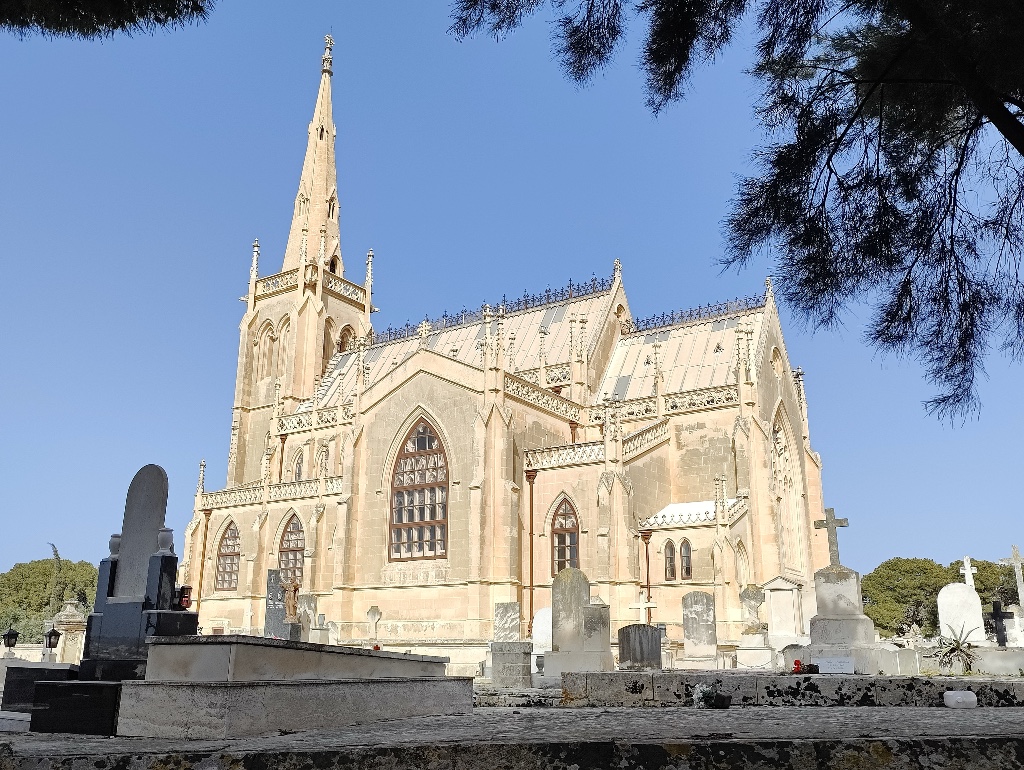
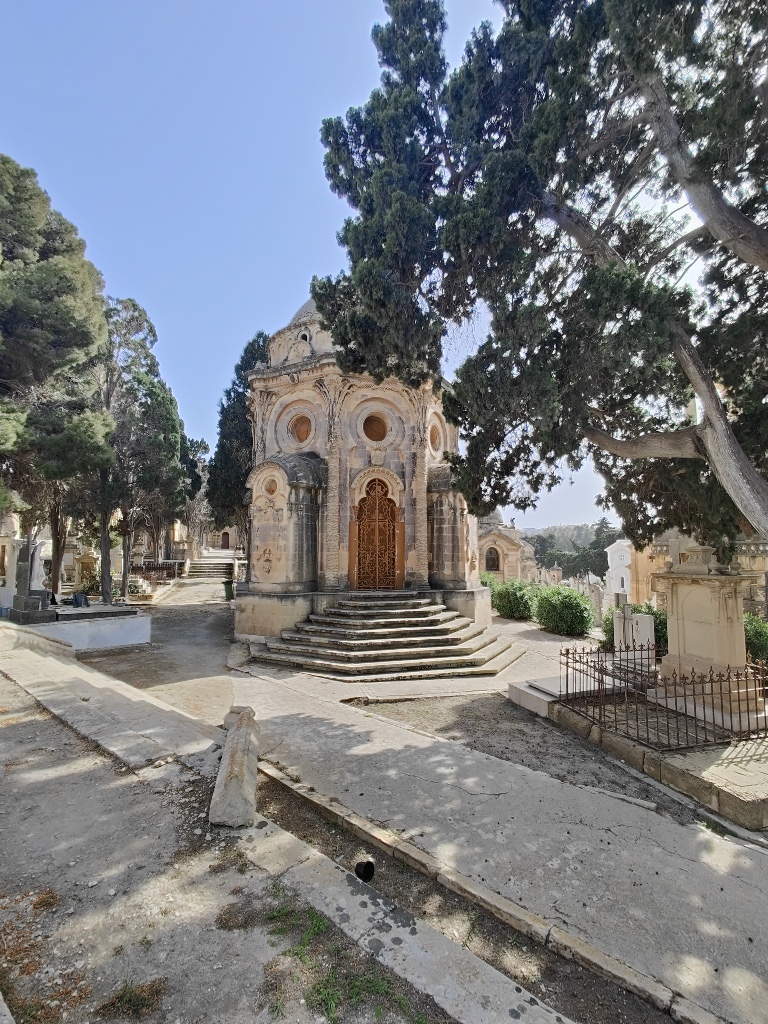
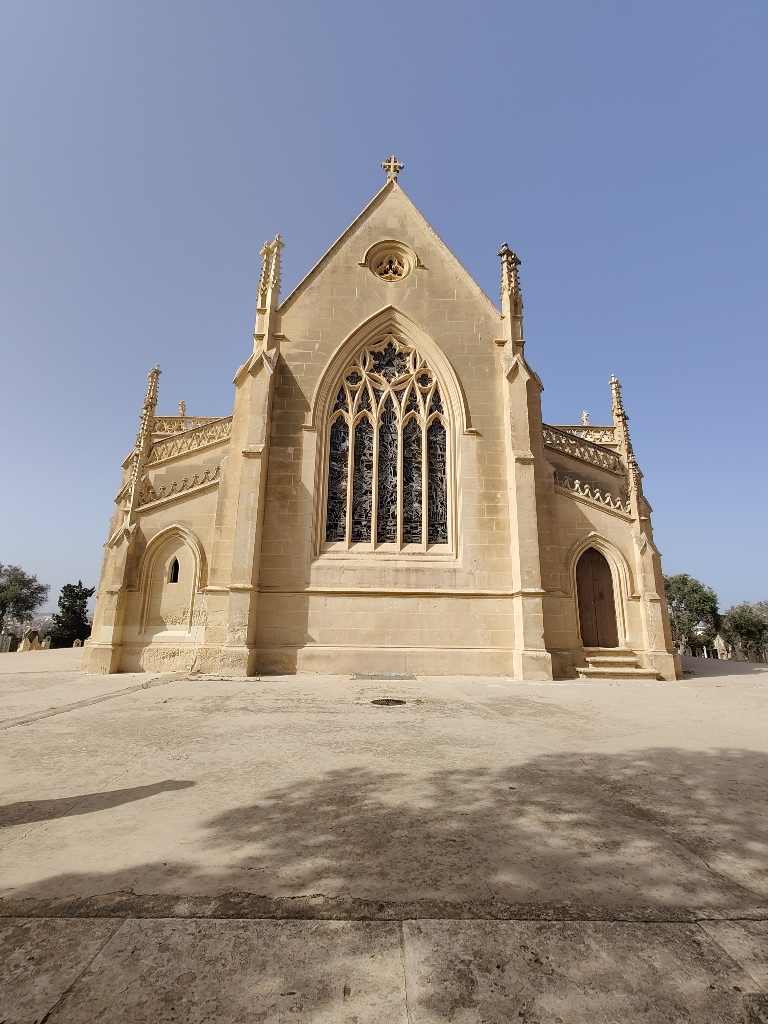
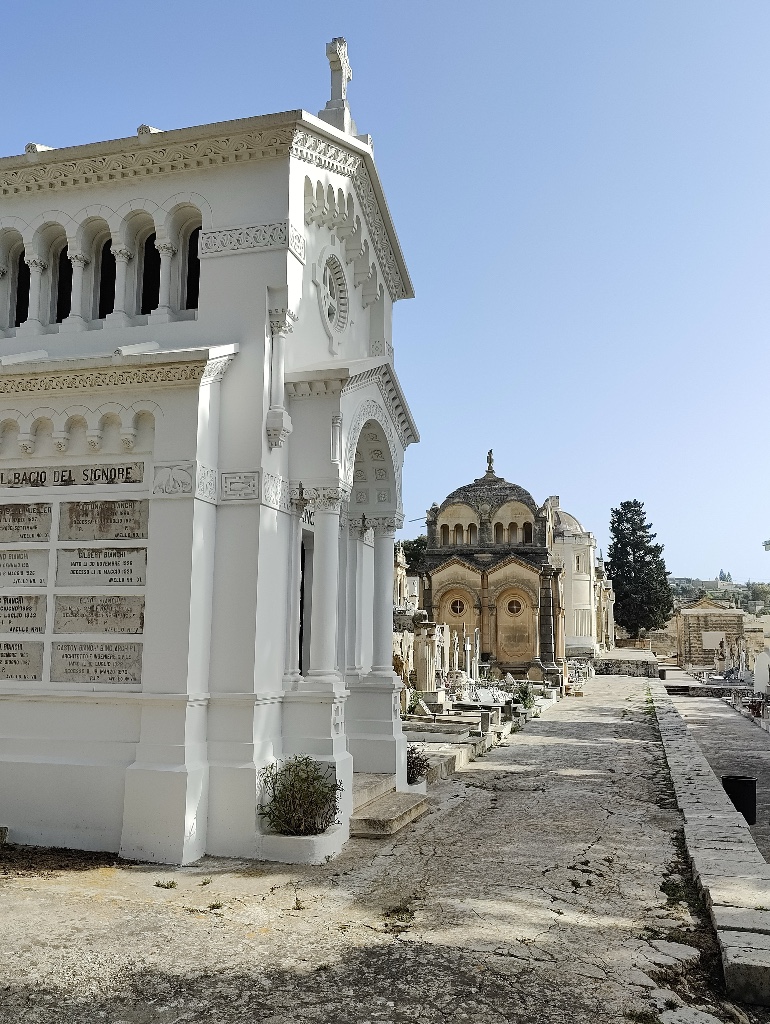
My favorite pastime here has been drinking my daily coffee at the Bus Stop Lounge, overlooking the smaller Marina where the fishing boats reside. It is the liveliest spot for meeting up with friends or people watching. It is so popular that people make reservations, they have an extensive desert cabinet and serve delicious sandwiches, burgers and breakfast. And don’t forget to have some pizza at Pulcinella, The Strand; it is some of the best pizza around. Enjoy a night out at Ozzy’s and listen to some live music and eat some delicious brunch at L’Angelo cafe, some of my favorite spots in town.
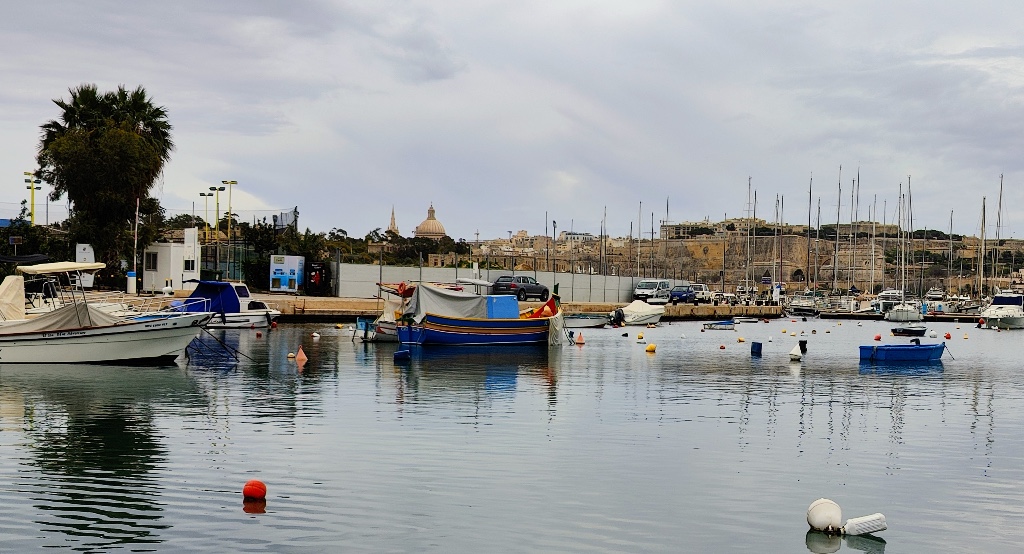
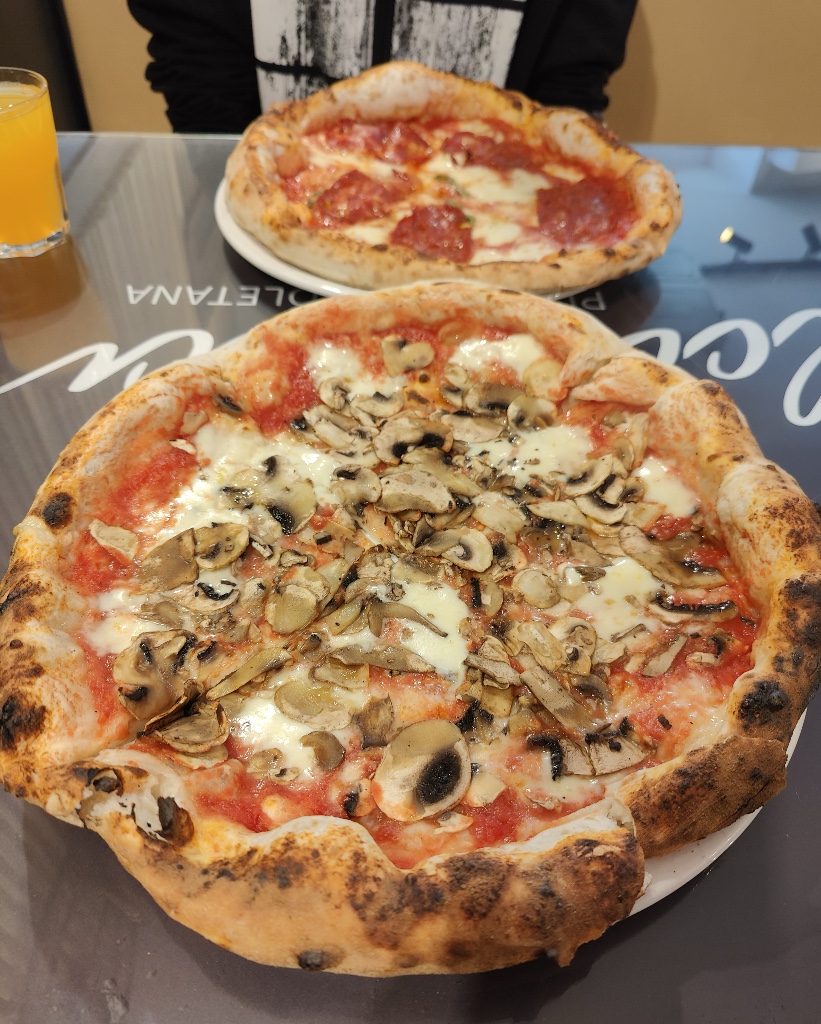
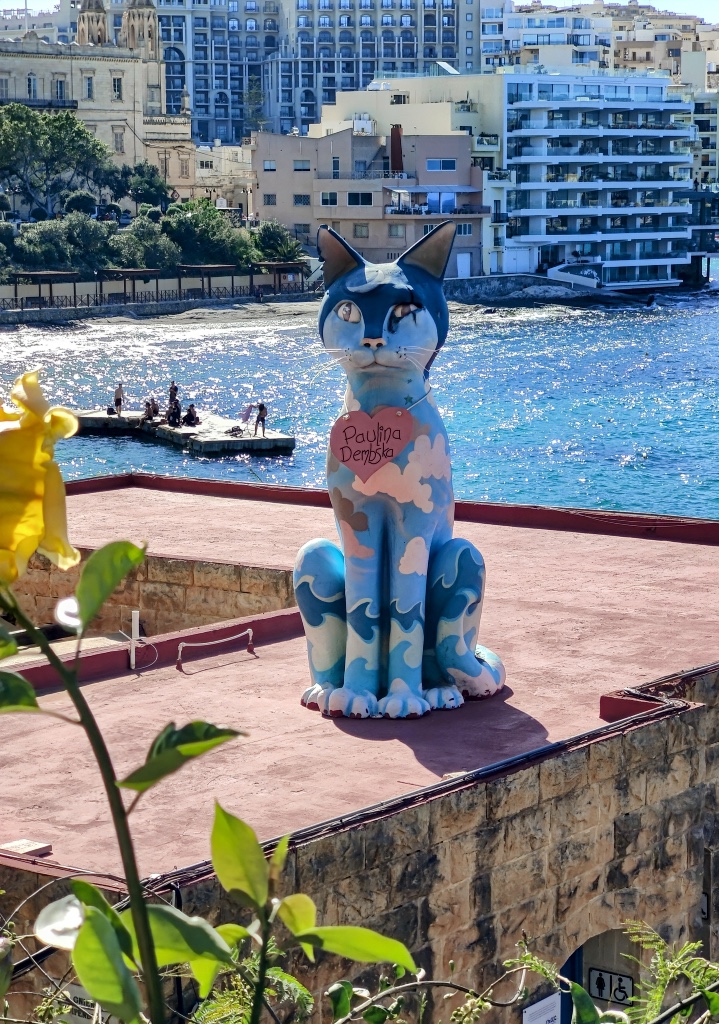
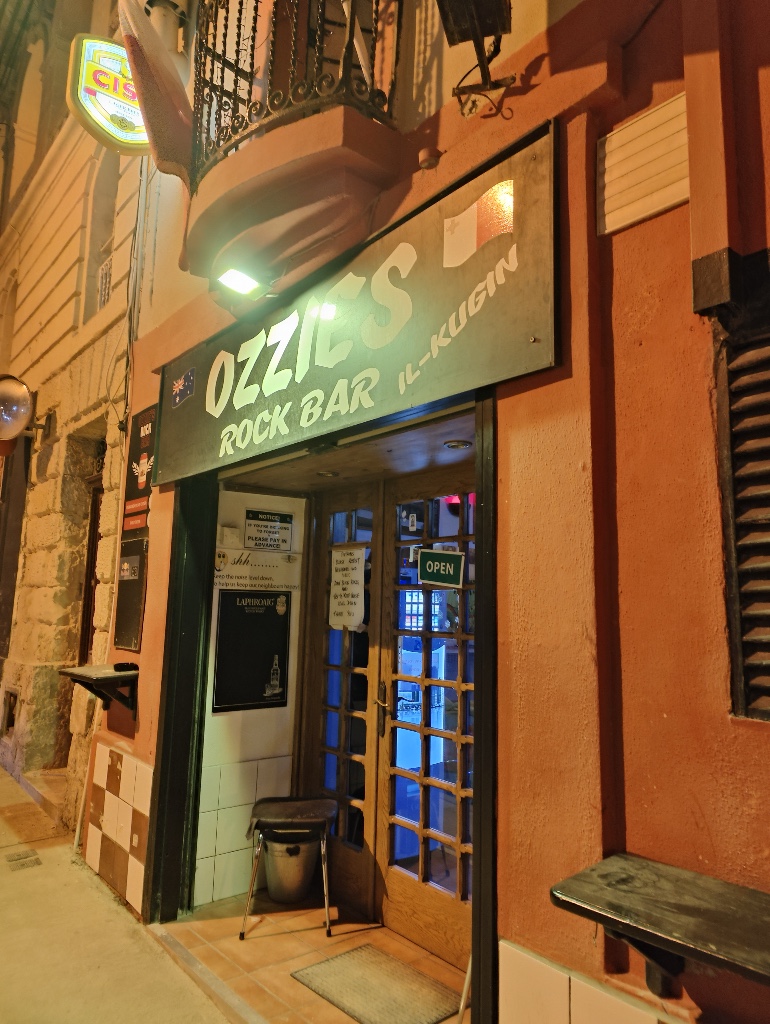

I have loved our time here, this small island is packed with so much history and beauty. What Malta lacks in trees, it makes up for in pristine architecture and art. Between the rock-hewn beaches, glittering water, and endless things to see it is an incredibly memorable place. If I ever return I know there are countless things to explore on this small, yet fascinating island.
